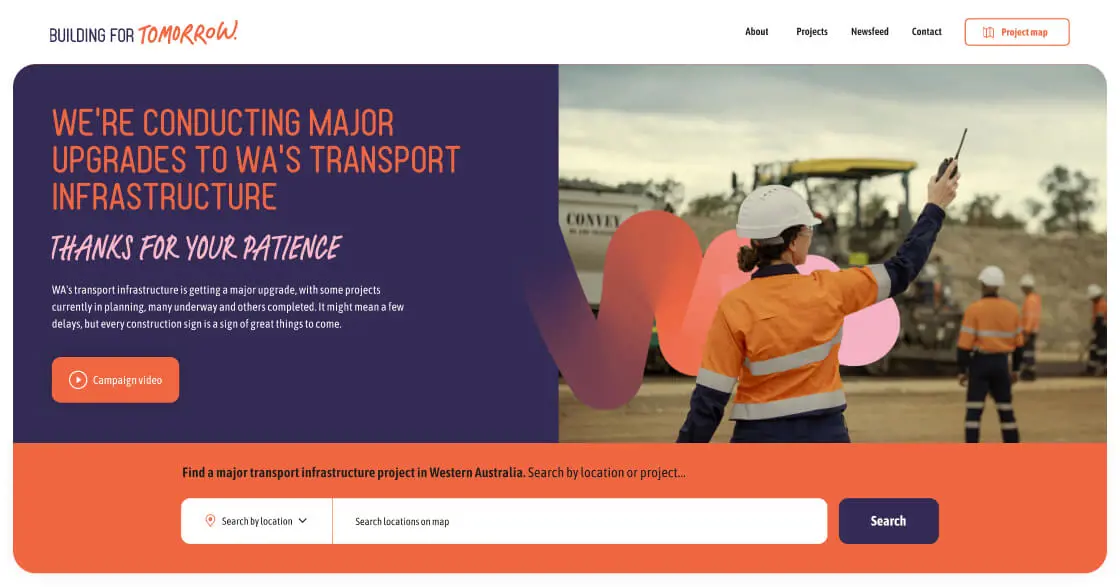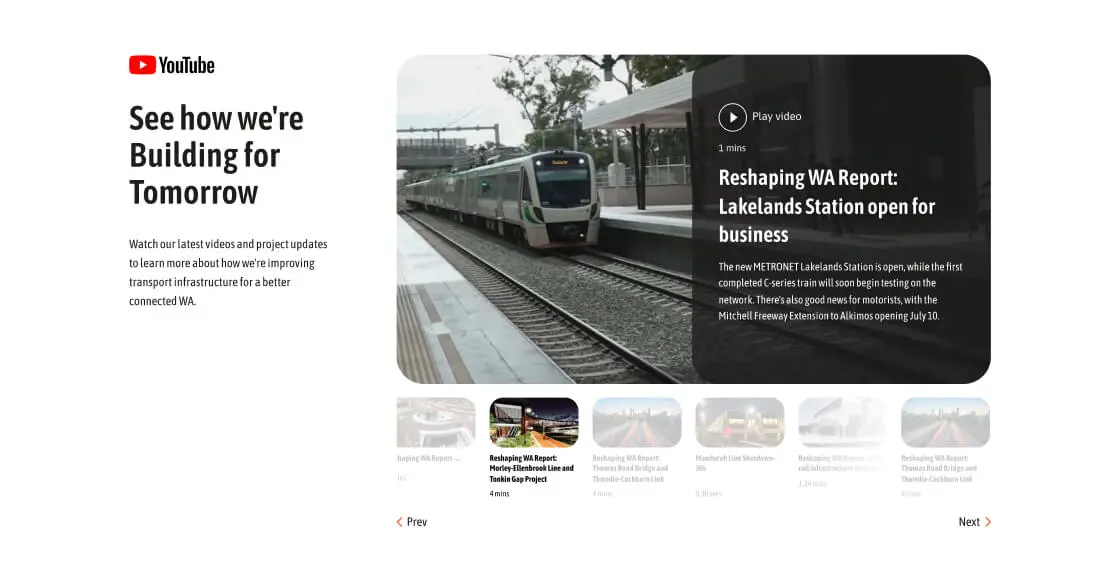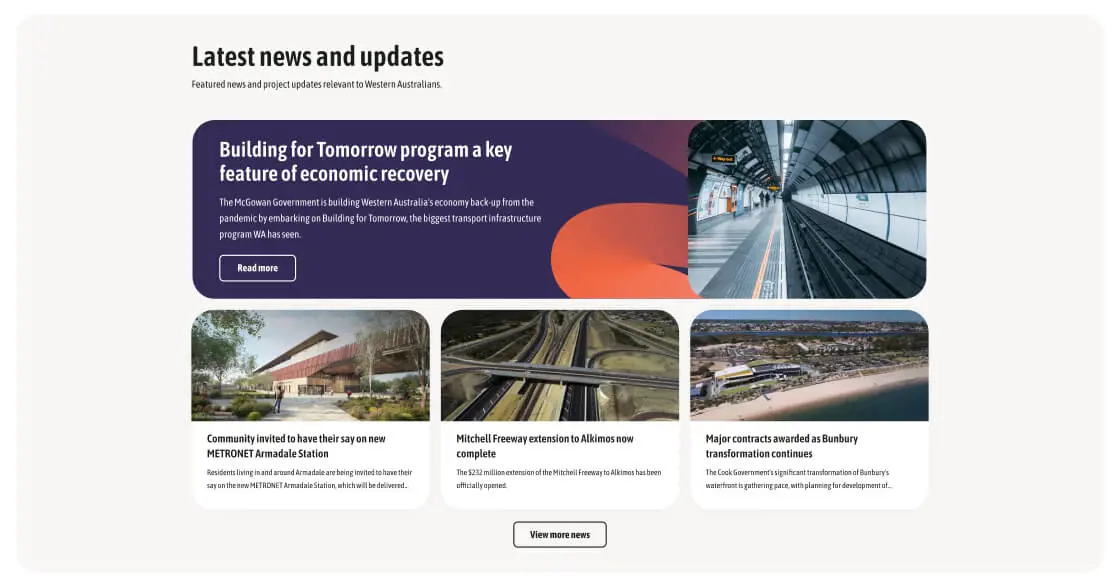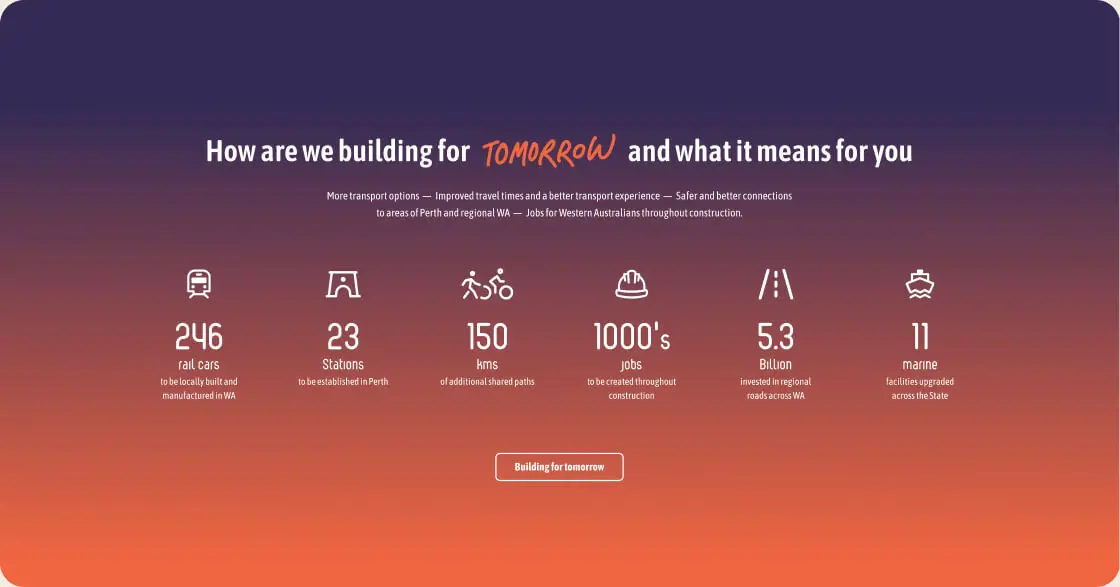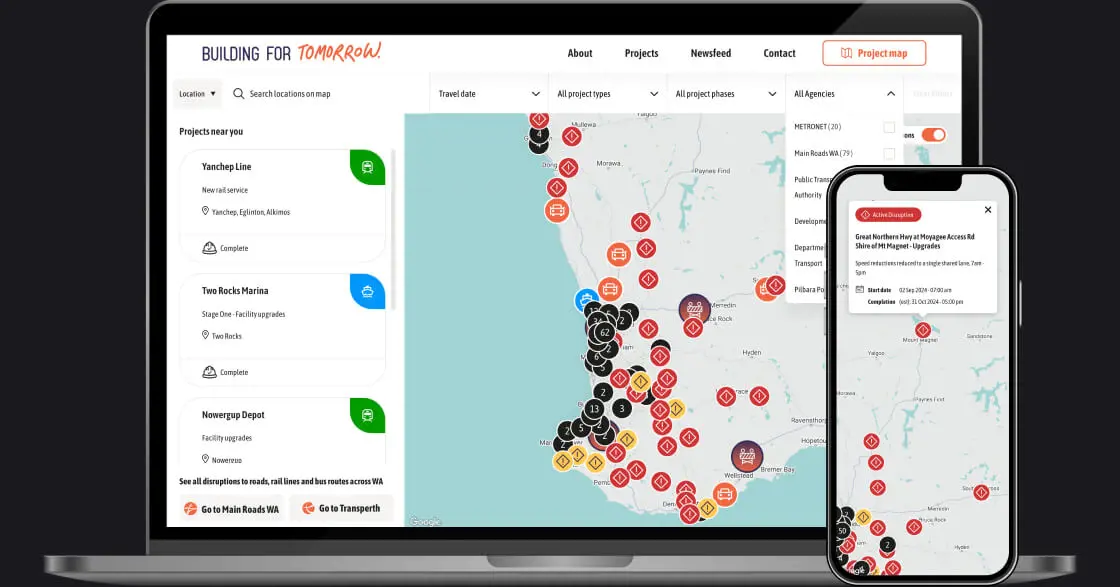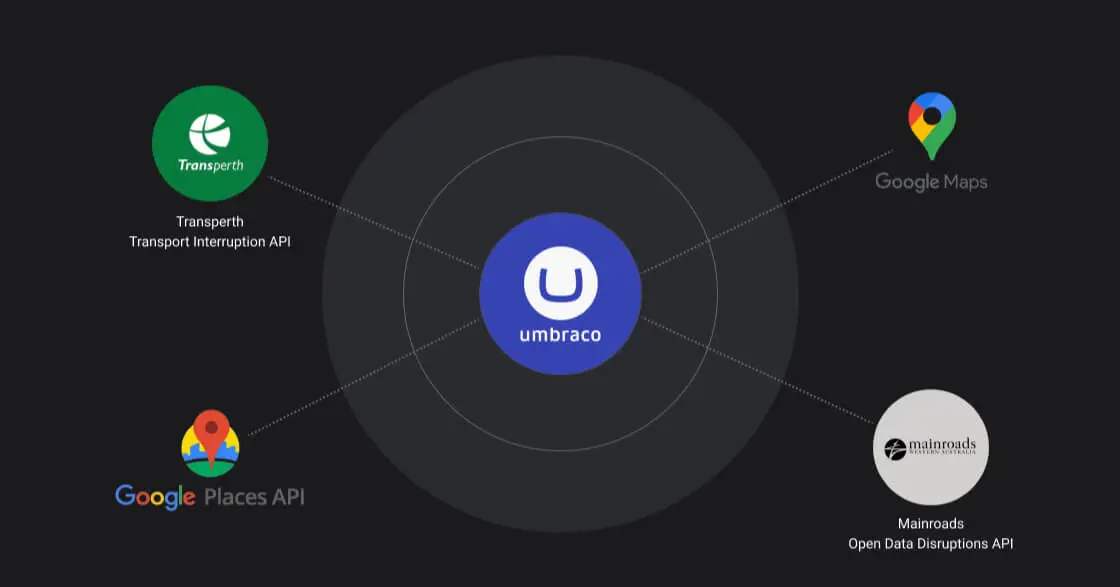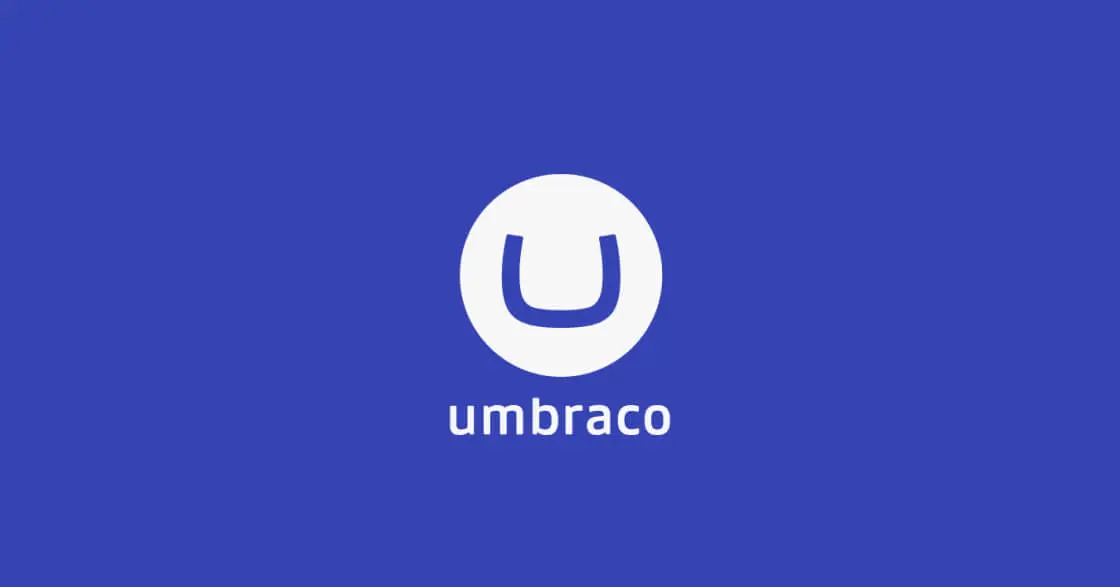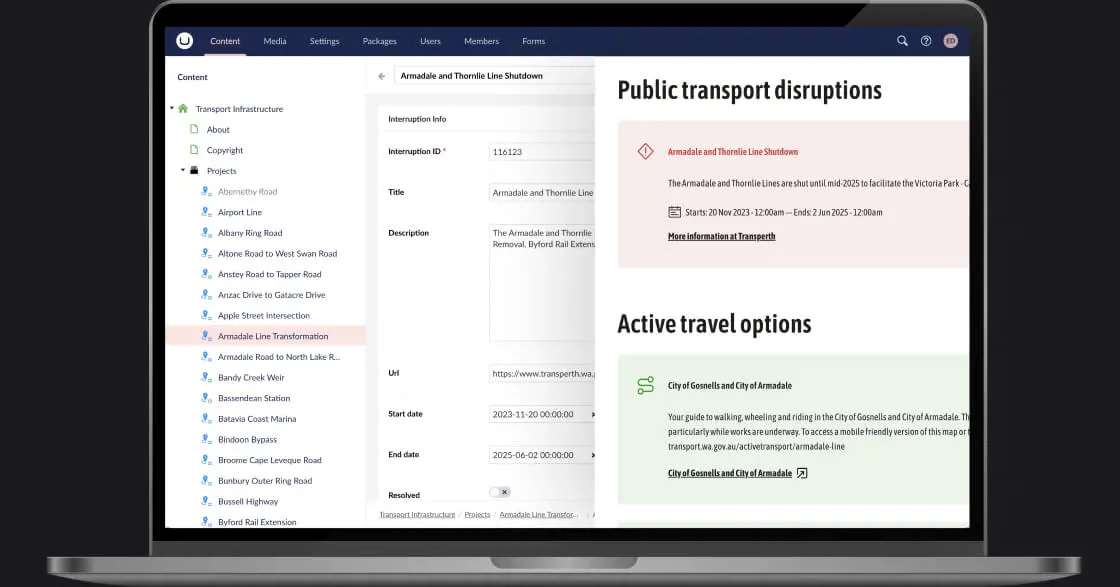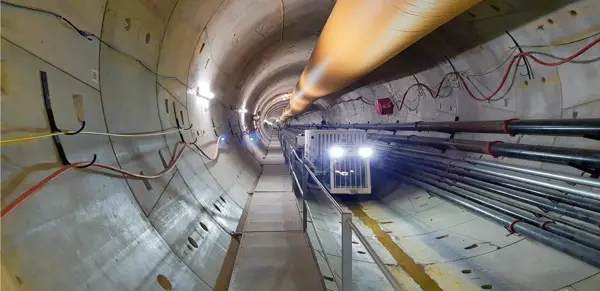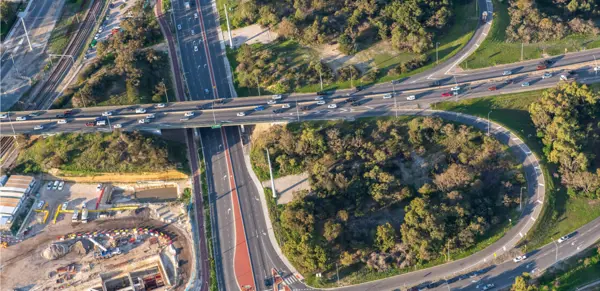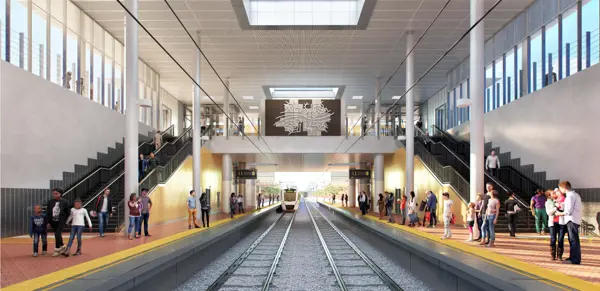Building for Tomorrow
Building smart tech solutions for tomorrow’s transport system.
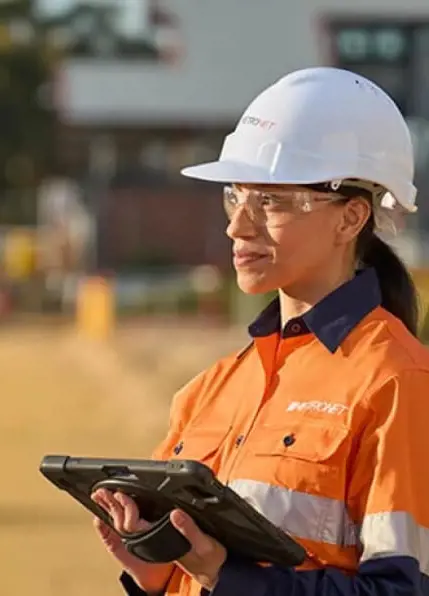
WA’s biggest transport infrastructure program
To boost Western Australia’s post-COVID-19 recovery, the McGowan Government committed over $6.5 billion to Building For Tomorrow, the state’s largest-ever transport infrastructure initiative.
More than 80 rail, road, coastal, and cycling projects are planned, designed to enhance the transport network and generate thousands of local jobs.
To raise awareness of this ambitious strategy and keep residents informed about how ongoing projects might affect their daily commutes, the Department of Transport (DoT) engaged equ to create an engaging, real-time website delivering critical infrastructure updates.
Selected for our proven methodology and user-centric approach, equ successfully delivered the project within an exceptionally tight timeline.
A strategy for now and the future
Our strategy combined extensive research, user testing, and stakeholder engagement—through workshops, focus groups, and interviews - to gather insights from diverse user groups, including residents, businesses, and project partners. This approach informed the design and functionality of a scalable, user-centric website that meets the evolving needs of DoT and the WA community, ensuring the final product was both future-proof and aligned with stakeholder expectations.
Harnessing cross-departmental data and insights
To create an integrated website that would reflect Perth’s evolving transport system, we needed to get a deeper insight into the way each of WA’s transport agencies worked and the digital systems behind them.
Taking a human-centre design approach, we combined existing customer research with insights gathered from workshops with key stakeholders from Main Roads, The Public Transport Authority, Metronet, Transperth, and DoT.
From building out the website’s wireframes to designing the UX and UI, we facilitated cross-departmental knowledge sharing and collaboration to create a website solution that satisfied both government and customer needs.
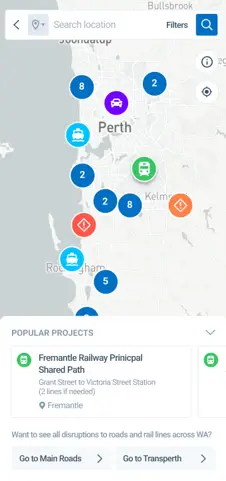
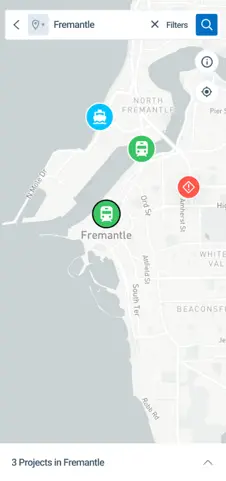
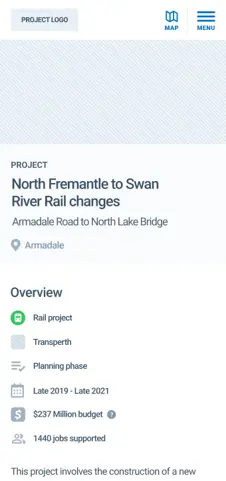

A crucial element of our projects is uniting our clients' internal teams, departments, and stakeholders to create alignment and a shared vision. This collaboration was instrumental in the success of the Building for Tomorrow website.
Campaign cohesion
The Building for Tomorrow website is part of a larger statewide campaign that spans television, radio, roadside, and even street signs, all encompassing the new branding. It was crucial that the website design remained consistent with the campaign to ensure visual and strategic alignment. To achieve this, we developed a digital design system that ensured uniformity across all digital touchpoints and matched the creative objectives set by the ad agency.
An immersive map at the core
The website needed to be more than a communication tool; it had to be a practical resource for residents navigating construction projects.
Our solution was an interactive map at the website's core, highlighting the scope and scale of ongoing projects and allowing users to see how these might impact their planned journeys. Users can easily browse, search, and filter the map to explore projects relevant to their needs.
Shaping the state's future. A detailed profile page was developed for each project, featuring news updates, videos, disruption information, galleries, and detailed maps.
Importantly, these profiles educate users on the economic and societal benefits of each project, ensuring they understand the significance of these initiatives for the state’s future success.
Integrated real-time data
A key factor in the project's success was integrating the website with multiple systems from various government departments to display real-time data, such as disruptions and critical announcements. Our technical team developed a secure API to gather, centralise, and consolidate this disparate information into a cohesive and user-friendly experience.

The website API was the most crucial technical component of the project. We worked closely with DoT's & Transperth's IT team to ensure a robust solution
Rapid development
Given the strict campaign timeframes, the project needed to be developed rapidly. Umbraco was chosen for its lightweight framework, flexibility, and ability to be deployed quickly and effectively.
After the successful launch of the website, equ provided the DoT team with the tools and training needed to manage and update the site with timely information.
Since going live, we have continued to provide support and maintenance through a Performance Partnership, ensuring that the website's user experience and performance are continually optimised as stakeholder and customer needs evolve.

It’s been exciting to work on a project that leverages data to communicate a story of positive change and economic benefits. We’re proud of the result and hope the people of Perth get value out of the website.
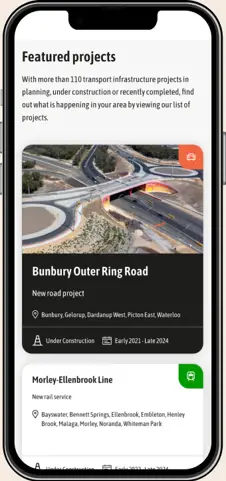
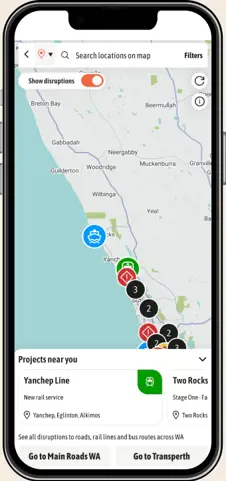
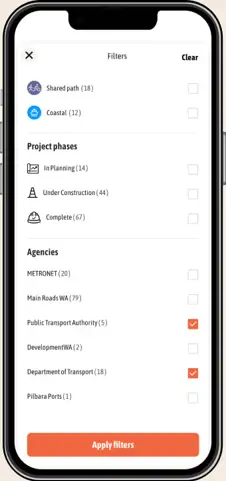
Next case study


